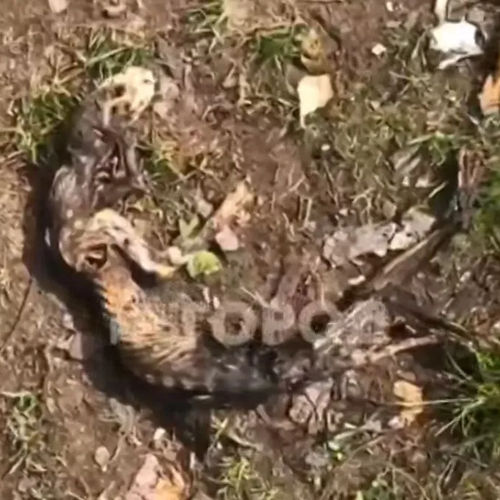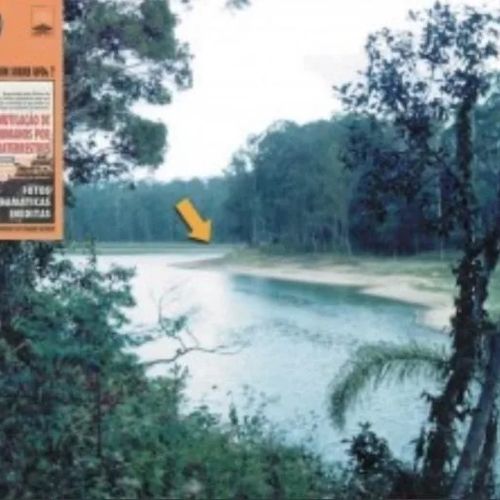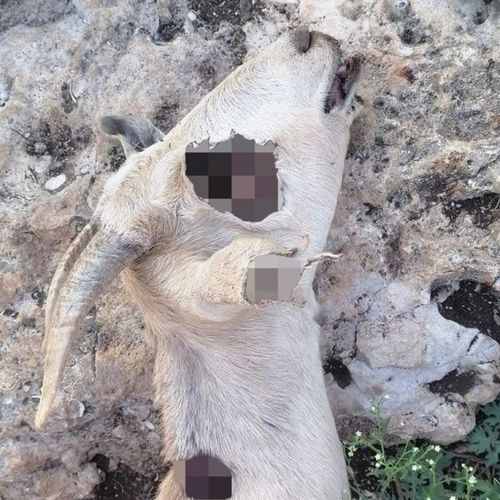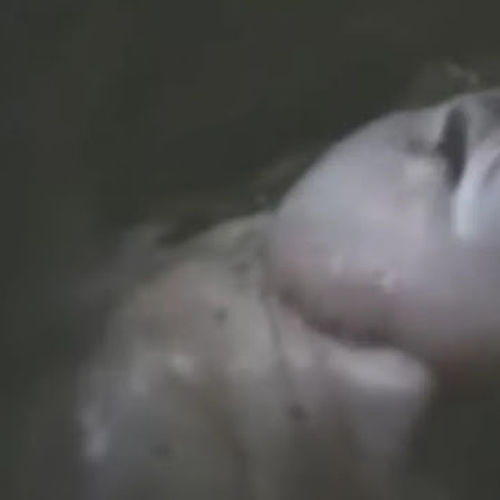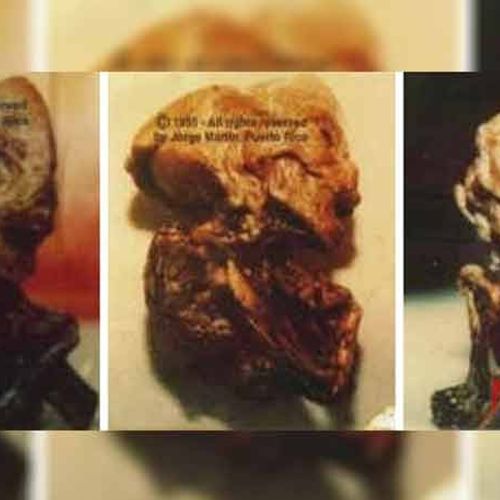| ID | #1670337238 |
| Added | Tue, 06/12/2022 |
| Author | July N. |
| Sources | |
| Phenomena | |
| Status | Hypothesis
|
Initial data
In the US state of Colorado, several dozen cows have died over the past two months, and it was officially announced that no traces of wolves or other predators were found. So who kills the cattle?
On October 4, 2022, in Colorado, near the town of Meeker, a farmer found 18 of his young cows dead. The bodies of the animals were lying alone, but all together on a plot of only 1.5 miles long. That is, whatever attacked them, it was probably the same object (?).
Most of the bodies were without visible wounds, but some showed marks as if from wolf claws. Punctures were found on some carcasses, as if from fangs, and their tails were removed.
The autopsy yielded no results, and when parks and wildlife officials checked, they found no signs of wolves, dogs or other predators in the area.
From October to the end of November, while experts were looking for the culprit, 40 more young cows mysteriously died on Colorado farms. And in each of these cases, too, there are absolutely no signs of wolves, coyotes or any other familiar predators.
Then there was a version that the cows died because of the bacteria Clostridium chauvoei, which causes the so-called emphysematous carbuncle in cattle (popularly called black leg) — an acute infectious disease that causes muscle swelling and rather rapid death. But the analysis of samples in laboratories did not confirm this version.
"There is significant autolysis in skeletal muscle sections, which makes interpretation difficult. However, there are no signs of necrosis or active inflammation to suggest a black leg." (Diagnostic Laboratory of the University of Colorado, October 20, 2022)
"There are no microscopic injuries in the examined tissues that would explain the cause of death of this animal. There are no signs of inflammation, necrosis or degeneration." (Texas A&M Veterinary Medical Diagnostic Laboratory, October 21, 2022)
The belief that wolves were to blame forced officials to look for signs of the presence of wolves in various ways. They used aerial flights, howling as bait and hunting cameras to search for wolves and wolf tracks, but to no avail.
There were also no confirmed reports of wolves in the area, only a few unconfirmed sightings, which led officials to confusion and disappointment, reports nypost.com .
And if they were wolves or dogs, then why didn't they gnaw the corpses of dead cows? Not a single dead cow, even slightly eaten, was found. Very strange.
The investigation is still ongoing.
Original news
In the US state of Colorado, several dozen cows have died in the past two months and it was officially announced that no signs of wolves or other predators were found. So who is killing the cattle?
On October 4, 2022, in Colorado, near the town of Meeker, a farmer found 18 of his young cows dead. The bodies of the animals lay singly but all together in an area only 1.5 miles long. That is, whatever attacked them, it was probably the same object(?).
Most of the bodies were without visible wounds, but some showed marks as if from wolf claws. Some of the carcasses were found to have punctures, as if from fangs, and their tails were removed.
Autopsies were inconclusive, and when parks and wildlife officials checked, they found no signs of wolves, dogs, or other predators in the area.
From October to the end of November, while experts were looking for the culprit, 40 more young cows mysteriously died on Colorado farms. And in each of these cases, too, there is absolutely no sign of wolves, coyotes, or any other habitual predators.
Then a version appeared that the cows died due to Clostridium chauvoei bacteria, which cause the so-called emphysematous carbuncle in cattle (popularly called the blackleg) – an acute infectious disease that causes swelling in the muscles and rather quick death. But the analysis of samples in laboratories did not confirm this version.
“There is significant autolysis in skeletal muscle sections, making interpretation difficult. However, there is no evidence of necrosis or active inflammation to suggest a blackleg.” (Colorado State University Diagnostic Lab, October 20, 2022)
“In the examined tissues, there are no microscopic lesions that would explain the cause of death of this animal. There are no signs of inflammation, necrosis or degeneration.” (Texas A&M Veterinary Medical Diagnostic Lab, October 21, 2022)
The belief that wolves were the culprit led officials to look for signs of wolves in a variety of ways. They used aerial flights, howls as bait, and hunting cameras to look for wolves and wolf tracks, but to no avail.
There have also been no confirmed reports of wolves in the area, only some unconfirmed sightings, leaving officials confused and frustrated, according to nypost.com.
And if they were wolves or dogs, then why didn’t they gnaw on the corpses of the dead cows? Not a single dead cow was found even lightly eaten. Very strange.
The investigation is still ongoing.
Hypotheses
Microbes, single-celled algae, phytoplankton, etc.
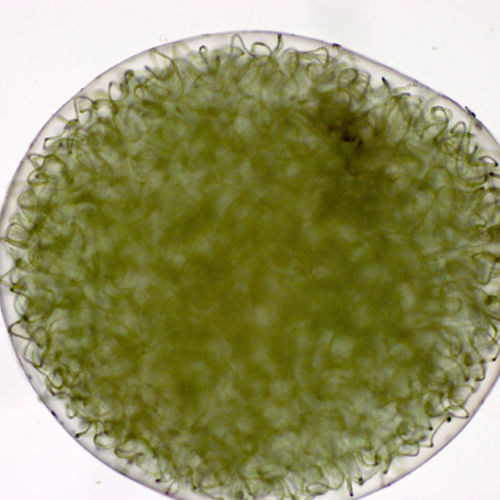
Most of the microbes produces a white or grayish - white colony, but there are types of microbes that are capable of releasing dyes or pigments of different colors and shades (red, orange, green, yellow, blue, purple).
Post-mortem changes

Because ordinary people are rarely familiar with the nuances of postmortem changes in organisms, it can often take them for something mystical.
Gray meat flies eat rotting tissue, leaving a sharp edge. This explains the "surgical" removal of organs and parts of the skin. However, such behaviors of the flies many take for the interference of aliens or attacked by unknown creatures.
The main signs of this injury:
Events
Rocket launches (from space.skyrocket.de)
- Site: Cape Canaveral Air Force Station, Eastern Test Range, Cape Canaveral, Florida (USA) Vehicle: Atlas-5(531)² Payload: SES 20 SES 21
Investigation
Resume
Similar facts
Log in or register to post comments
